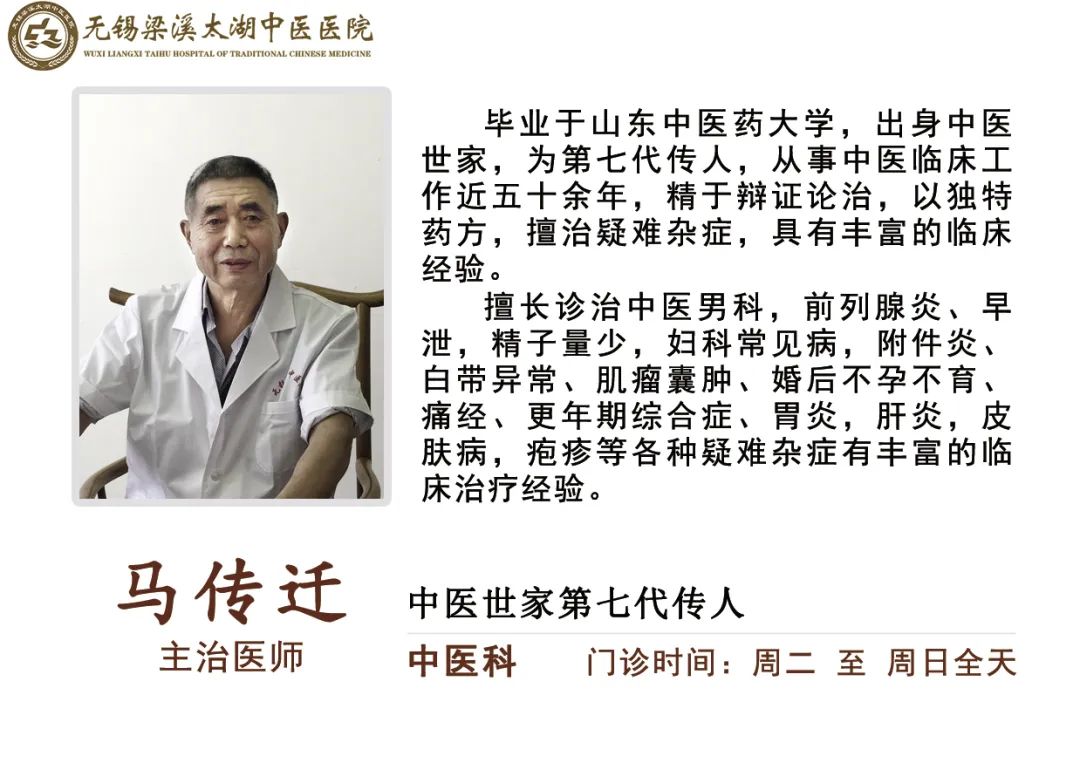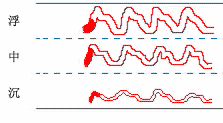
What is the Deep Pulse?
Health Preservation


Introduction
Hello everyone, I am Director Ma, and today I will introduce you to the deep pulse in Traditional Chinese Medicine (TCM).

Deep
Pulse


The deep pulse refers to one of the pulse types. The pulse is located deep, not felt with light pressure, and only detectable with heavy pressure. According to the “Pulse Classic”: “The deep pulse is insufficient when lifted, but excessive when pressed.” It is characterized by the pulse being deeper than normal, located beneath the skin and closer to the muscles and bones. It is difficult to detect with light pressure, and only noticeable with firm pressure applied between the muscles and bones. Therefore, the deep pulse can be understood as a “deep pulse” that requires deep pressure to feel. The deep pulse indicates internal conditions. When pathogenic factors are trapped internally, and qi and blood are constrained, the pulse is deep and strong, indicating a solid internal condition; if the organs are weak and qi and blood are insufficient, the pulse is deep and weak, indicating a deficiency condition.


Characteristics of the Deep Pulse

① The deep pulse is located deep, not felt with light pressure, and only begins to be felt with moderate pressure. When pressed firmly beneath the muscles and above the bones, the pulse is clearly felt, solid against the finger, like a stone thrown into water, the pulse force descends.
② The pulse body can be large or small, with a regular and even rhythm, and the rate can vary, not constrained by shape.
③ It has physiological characteristics, appearing slightly firm and solid.
④ It can be observed in winter, when all things are dormant, qi and blood are retracted, and the pulse runs deep, thus a temporary deep pulse may appear.
⑤ It can be seen in individuals with a calm and composed temperament, as qi and blood often run deep internally, orderly and regular, resulting in a deep pulse.
⑥ It can be seen in individuals with a robust physique, where the muscles are full, and blood vessels are deeply hidden, with subcutaneous fat covering the pulse, resulting in a deeper pulse position.
⑦ There are differences in the deep pulse between men and women; women may have a deep pulse at the cun position or men at the chi position, which is also a normal pulse.
⑧ Some individuals are born with a naturally deep and fine pulse, which is also a normal pulse.


 Mechanism of the Deep Pulse
Mechanism of the Deep Pulse
The pulse mechanism: Pathogenic factors are trapped internally, or yang pathogenic qi is stagnant in the meridians, causing qi and blood to be constrained internally, resulting in a deep and strong pulse; if yang qi is insufficient, and the organs are weak, they cannot lift and regulate qi on the surface, or if qi and blood are insufficient, the pulse vessels are not filled, leading to a weak pulse that tends to run deep. Thus, the pulse appears deep and weak. When yang qi is diminished, it cannot regulate blood to the surface, resulting in a deep pulse that is weak upon pressure. If yang qi is trapped and cannot respond to the defensive qi on the surface, the pulse is hidden and deep, and pressing it does not weaken. The interplay of yin and yang, cold and heat, is determined by the fiber’s distinction; cold pathogens bind the surface, causing stagnation of qi and preventing it from spreading outward, leading to a deep pulse.


 Clinical Significance of the Deep Pulse
Clinical Significance of the Deep Pulse
The deep pulse indicates internal conditions; a strong deep pulse indicates excess, which can be seen in conditions of qi stagnation, blood stasis, and phlegm-dampness; a weak deep pulse indicates deficiency, which can be seen in various organ deficiencies.
The deep pulse is a normal physiological phenomenon that does not require special treatment; pathological deep pulses should be treated under the guidance of TCM.


-END-

Source | Publicity Department
Editor | Jia Linjie
Reviewer | Ma Chuanqian

